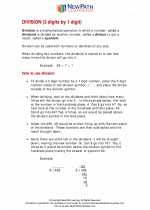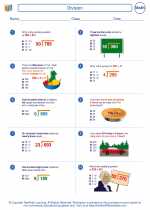Piecewise Function
A piecewise function is a function that is defined by multiple sub-functions, each corresponding to a different interval of the domain. These sub-functions are typically defined by specific conditions or rules that determine when each sub-function is applied. Piecewise functions are often used to model real-world situations that involve different behaviors or rules in different parts of the domain.
Representation
Piecewise functions are commonly represented using the following notation:
Let's consider a piecewise function f(x) defined by two sub-functions f1(x) and f2(x) over specific intervals:
In this representation, "a" represents the point of transition between the sub-functions. When x is less than "a", the function f(x) is defined by f1(x), and when x is greater than or equal to "a", the function f(x) is defined by f2(x).
Example
Consider the following piecewise function:
In this example, for x less than 3, the function is defined by 2x + 1, and for x greater than or equal to 3, the function is defined by x2 - 1.
Study Guide
When studying piecewise functions, it's important to understand the following key concepts:
- Identifying Intervals: Determine the intervals over which each sub-function is defined.
- Defining Conditions: Understand the conditions or rules that determine when each sub-function is applied.
- Graphing: Learn how to graph piecewise functions by plotting the graphs of each sub-function over their respective intervals.
- Domain and Range: Analyze the domain and range of the piecewise function based on the domains and ranges of the sub-functions.
- Applications: Explore real-world applications of piecewise functions to understand how they are used to model different behaviors or rules in different scenarios.
By mastering these concepts, you will develop a strong understanding of piecewise functions and their applications in mathematics and real-world situations.
Good luck with your studies! If you have any further questions, feel free to ask.
.◂Math Worksheets and Study Guides Sixth Grade. Division

 Worksheet/Answer key
Worksheet/Answer key
 Worksheet/Answer key
Worksheet/Answer key
 Worksheet/Answer key
Worksheet/Answer key
